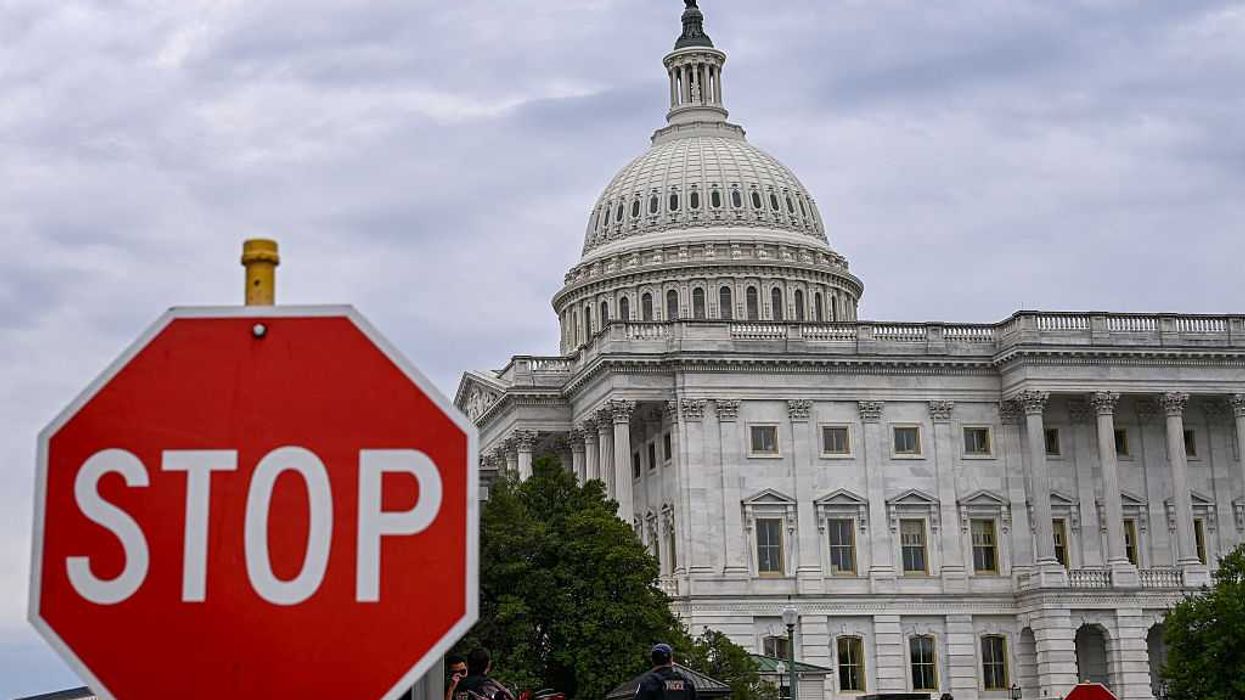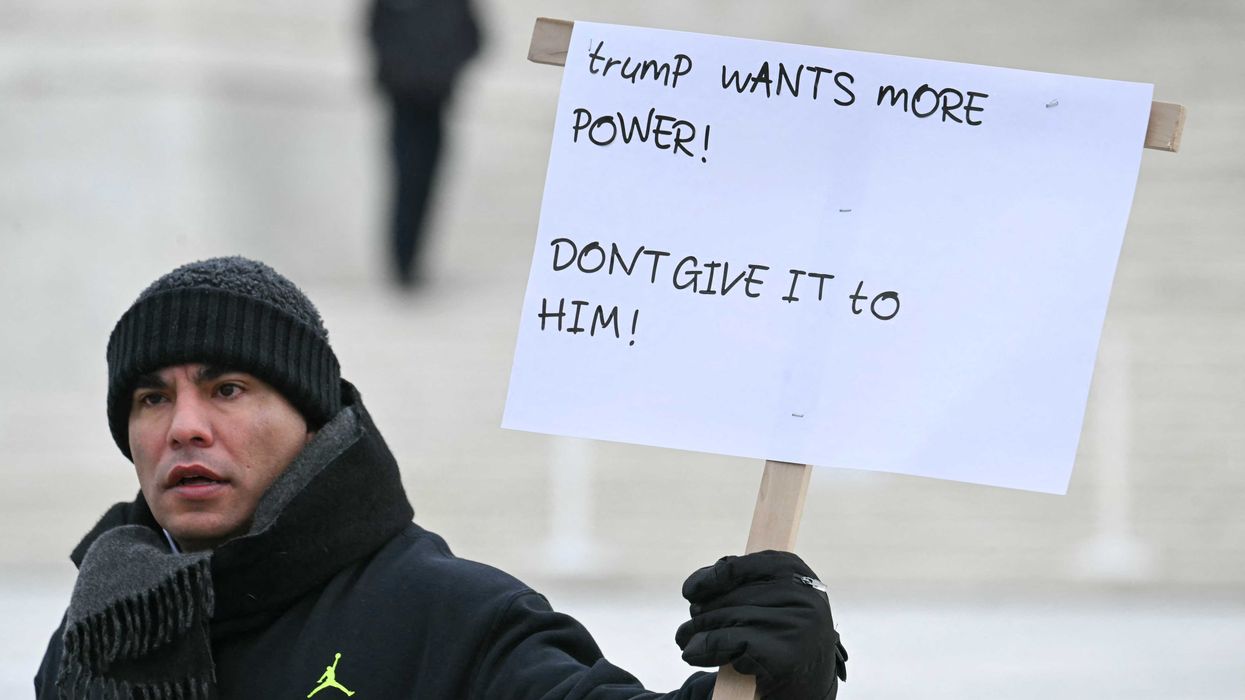GLENN: There's a very important debate raging now.
STU: This is absolutely stunning to me.
GLENN: This is one of the things that the media is not covering because they're obsessed with Donald Trump.
STU: I am completely stunned by this.
GLENN: Uh-huh.
STU: Someone -- they released a map today.
GLENN: Map.
STU: And they do these maps every once in a while. What do people call things in certain areas?
PAT: They just did a map like this for the word "soda." What is soda called in --
GLENN: I swear to you.
PAT: And it's pop in the West. Some of the northwest.
GLENN: Okay. I don't know if anyone else experienced this. But I grew up in the Pacific Northwest. We not only called it pop, but there were times that we just called it Coke. What would you like? Coke.
PAT: Yeah.
GLENN: And Coke was anything. 7 Up.
JEFFY: Yes.
PAT: Yes.
GLENN: It was like, what would you like to drink?
Coke.
Do you have 7 Up?
PAT: It was like Band-Aid. You mean an adhesive strip?
GLENN: Right. Right. Shut up. So is that -- you experienced that too, Pat?
(laughter)
PAT: Oh, yeah.
GLENN: Because I've said that to people. And they were like, no way. I'm like, yeah, we used to say Coke. Anyway...
PAT: Yes.
STU: So this is completely insane to me because I grew up in the northeast, born in New York. I grew up in Connecticut mainly. They are sneakers. That's what you put on your foot when you go to the gym.
JEFFY: No, they're not.
PAT: Tennis shoes. Tennis shoes.
JEFFY: What's your little map?
STU: Or you go play sports. Okay?
What my map says is that a little bit of Southern Florida and the northeast call it sneakers.
PAT: Wow.
STU: Almost everywhere else in the entire country calls them tennis shoes.
JEFFY: Thank you.
PAT: That's what I call them.
JEFFY: Thank you.
STU: Now, tennis shoes are a specific thing that they sell to play tennis in.
JEFFY: They're adhesive strips.
GLENN: No, I know. But back in the day, people didn't wear sneakers all the time. You didn't wear them. You had tennis shoes. They were converse.
JEFFY: Right.
PAT: And they weren't specialty shoes like that.
GLENN: Right. Everybody had Converse.
PAT: You used them for running. You used them for tennis.
GLENN: You used them for everything.
STU: This is why this would make sense in 1912. 1912, it would make sense.
There are those shoes now. So when you go in to buy basketball shoes, you say, "Yeah, where are your tennis shoes?"
GLENN: Yes. Yes.
STU: That doesn't make any sense to me at all.
PAT: Yeah, I do.
JEFFY: Yeah.
STU: That is absolutely crazy.
PAT: I'm wearing tennis shoes right now.
GLENN: Yes.
JEFFY: Yes. Those are tennis shoes.
GLENN: I would consider those tennis shoes. I would consider these tennis shoes.
PAT: Yeah.
STU: What. They're not tennis shoes.
PAT: Yeah, they are tennis shoes.
STU: No, they're not.
PAT: Tennis shoes are any shoes like this.
STU: They are sneakers.
GLENN: These are not sneakers.
PAT: I'm not sneaking around in these at all.
GLENN: First of all, why are they called sneakers? That's dumb.
STU: It is dumb.
PAT: Where are you sneaking? I'm not. So they're tennis shoes.
GLENN: Yeah, I'm using them so I can burgle my father's house, who is out playing tennis.
STU: It's like a generic word that means the thing. Like for example, if I were to say, hey, I would like a beverage -- and you say -- and we wanted to go and buy a Coca-Cola. And we went and said, I would like a beverage. And you said, I would like some orange juice.
Well, orange juice isn't Coca-Cola. They're both beverages.
GLENN: I know. Again, I grew up with beverage was Coke.
JEFFY: Yes.
GLENN: Anything that had fizz in it was Coke. And then you would narrow it down to, I would like a Coke.
STU: You would like a Coke 7 Up? A 7 Up Coke? That's insanity though. It's insane.
GLENN: It's the way it was.
STU: You can say it's traditional, but it's insane.
GLENN: You felt that way too? You grew up with that?
JEFFY: Yes.
PAT: If you said Coke, the waitress would say, what kind?
JEFFY: Yeah, what kind? What kind?
STU: What?
JEFFY: Beverage is not an orange juice. Beverage is sodas.
STU: No, it is not! Beverages are all drinks! Beverages -- that was a fake example.
GLENN: You are -- I lived in Connecticut.
STU: We used words that meant the thing they are. That's crazy, I know.
GLENN: I would talk to my auntie. Of course my auntie --
PAT: Right.
GLENN: She lived in southern Connecticut and knows southern people are rednecks.
STU: First of all, I lived in southern Connecticut. Second of all, you really want to get into elitism talk with me? Is that what you want? Mr. Beck.
(laughter)
Maybe if we could discuss it at the auction later today.
(laughter)
But, I mean, it's just a simple -- you should use the word that it is. Now, I will say there are some exceptions to this. Chicago and Cincinnati call them gym shoes.
JEFFY: Yep.
STU: Just Chicago. Not the rest of Illinois.
GLENN: That makes sense.
STU: Not the rest of Ohio -- why does that make sense? Just these two cities --
PAT: Because they're shoes that you'd wear in a gym.
STU: Right.
GLENN: Those were gym shoes.
STU: Right. Those make sense. Gym shoes make sense. Tennis shoes do not make sense. Unless I don't know that they're tennis shoes --
GLENN: Nobody played tennis. I didn't --
STU: But that's why it's so bizarre. No one plays tennis anymore.
GLENN: I grew up in Seattle, before you had indoor -- so nobody played tennis where I grew up, except the really rich people who had tennis courts.
JEFFY: Connecticut.
STU: Okay. By the way, Hawaiians, they just call them shoes, which is really kind of the best one.
GLENN: It really is. It really is.
STU: They kind of nailed it. They're just shoes, and then you can go from there to category.
GLENN: Do you have categories? Why wear shoes if you live in Hawaii? Seriously.
STU: That's true. They're like, oh, my God, someone is wearing shoes. Look!
GLENN: Shoes! Shoes!
STU: Shoes! I've seen them. They're on his feet.

 ALEX WROBLEWSKI / Contributor | Getty Images
ALEX WROBLEWSKI / Contributor | Getty Images
 JIM WATSON / Contributor | Getty Images
JIM WATSON / Contributor | Getty Images Joe Raedle / Staff | Getty Images
Joe Raedle / Staff | Getty Images AASHISH KIPHAYET / Contributor | Getty Images
AASHISH KIPHAYET / Contributor | Getty Images